Welcome to another edition of my semi-regular “Fresh Gear Friday” series. Let’s continue our exploration of some brand-spankin’-new backpacking goodies. Today I want to tell you about the newest update to one of my all-time favorite tents, introduce you to a super slick ultra-light backpack, and then point out a few meal-time assets. Let's dive in.
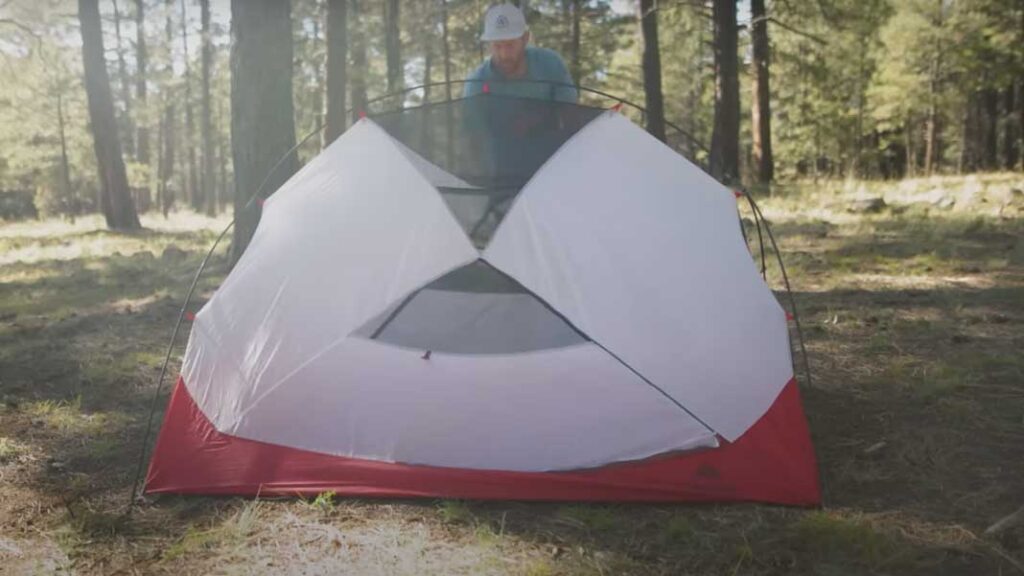
MSR Hubba Hubba Tent Review
Price: $579.95
Min Trail Weight: 3lbs 7oz.
Interior Space: 84×68 in.
Vestibule: 26 in.
The MSR Hubba Hubba holds a special place in my heart. I trekked all around South America (with the 2-person version), getting well-familiarized with shelter over the span of 7 months. Nowadays, my life calls for the added space of a 3-person tent and so I was excited to see what MSR has done with the Hubba Hubba franchise these days. Right off the bat, this tent was highly-intuitive, and super easy to set up. Great start!
MSR 3 Person Tent fits our dog comfortably
I can tell that this larger, free-standing tent will work even better for me these days, since so many of my adventures involve my fiancé Kristi, and my best-bud Kovu.
While a 2-person tent might sound sufficient on paper, in reality, a 3-person tent is the way to go. This will give enough breathing room so that morale stays high, and your pooch can settle comfortably in the extra square-footage.
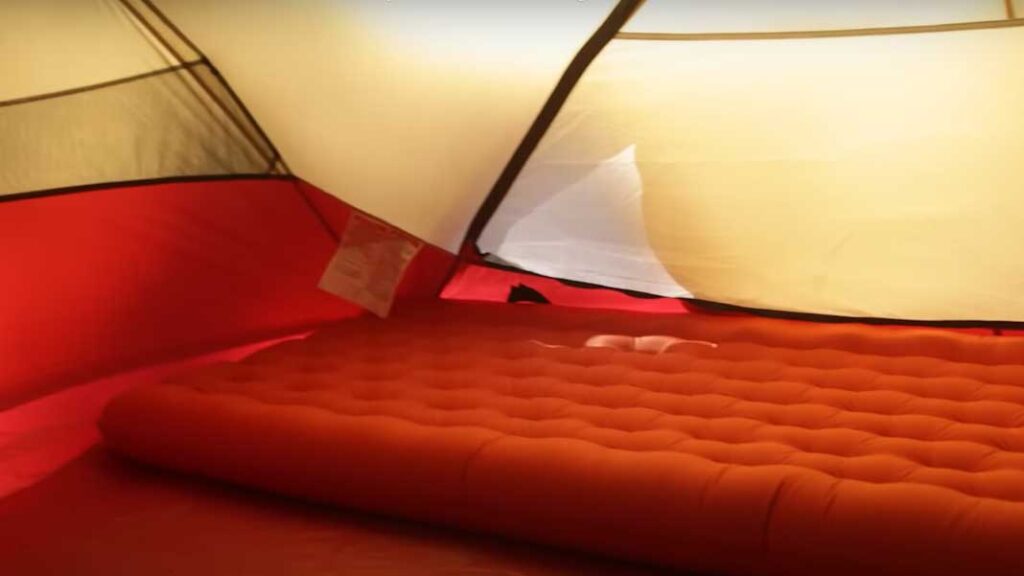
The added space is even more valuable during inclement weather, since sloppy gear will be strewn about, and the added hours waiting around can really bring forth the dreaded cabin (or tent) fever if things are too cramped.
The large, free-standing, MSR Hubba Hubba 3-person tent keeps everything I loved about the 2-person version while making room for my fiancé Kristi, and my best-bud Kovu, who are along for the ride for so many adventures these days.
The latest hub design of the MSR Hubba Hubba Tent

I noticed that the hub system (something that MSR pioneered and that gives the tent its name) felt a lot lighter and cleaner than the old one. This satisfying trend continued as I threaded and connected the poles, got it standing (without the need of stakes to ensure tension), and opened the door’s straight-lined, 1-hand zipper system.
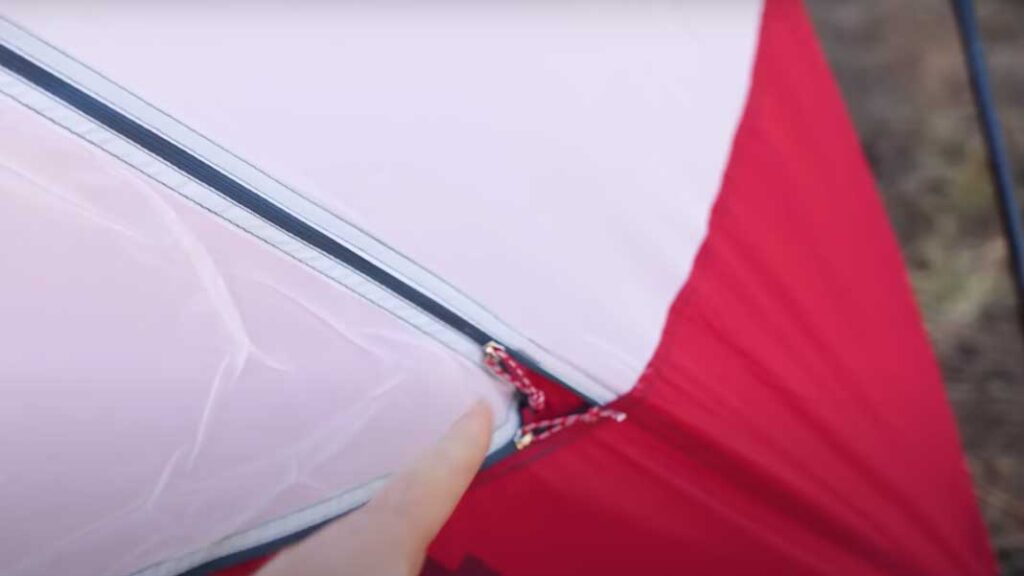
Inside, the Hubba Hubba offered a great balance of privacy and visibility. The mesh windows provided crisp views of the outside surroundings, and the ceiling panel popped for its star-gazing possibilities. I also couldn’t help but notice how generous the headroom was. I’m just shy of 6-feet-tall, and sitting up, my head wasn’t even close to the top.

This has to be the most headroom I’ve ever seen in a tent – and I dig it. Not feeling cramped is a key component of sharing a shelter with another person (if you actually want to prosper out there and not trudge home in tense silence).
The MSR Hubba Hubba also came equipped with helpful gear storage options. There were some built-in hang tabs overhead, as well as a long envelope pocket at both ends of the tent.
One subjective critique I have of the redesigned Hubba Hubba 3P tent is that the mustard-color is super blah. Obviously, some people will love this, and I understand that it's tailored more toward the European market that tends to prioritize subtly over pizzazz, but I was not a fan.
Thankfully, a sub-optimal aesthetic is easy to look past when the rest of the tent is so well put-together. Another small nit-pick that will require some further testing on my part is that there’s only one vent on the rain fly. Even though it has dual-zippers that allow it to open wide, I’m used to seeing multiple ventilation points on a bigger tent.
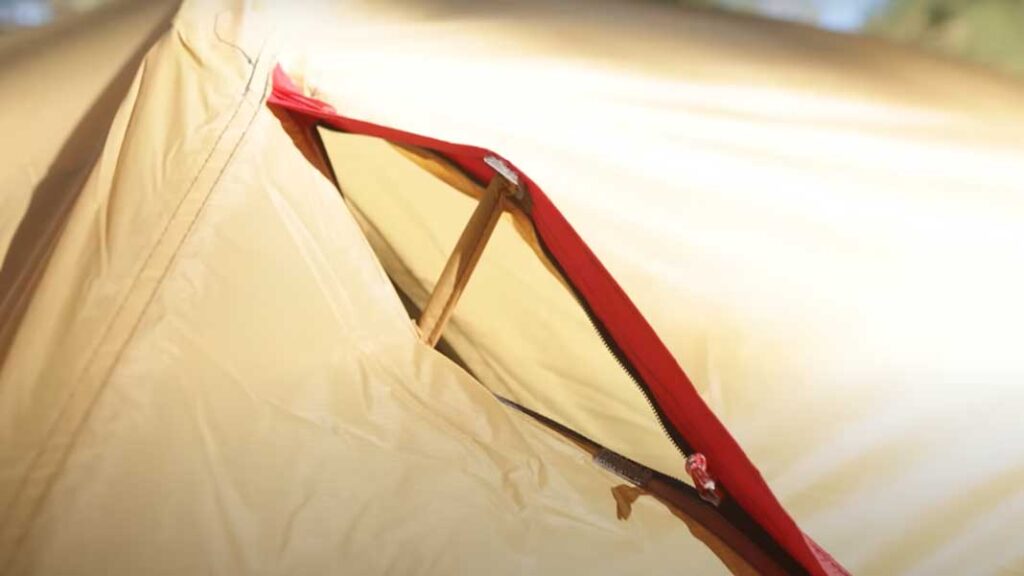
Is the MSR Hubba Hubba worth it?
The 3-person MSR Hubba Hubba tent retails for $580 (USD), while the 2-person version goes for $480. Those are spicy meatballs – no doubt about it. But to put this in perspective, similar tents that I’ve been using and reviewing lately, do exceed that $500 barrier.
There are plenty of tents out there that will be easier on the old bank account, but if you’re seeking a premium tent that's easy to set up, and spacious enough for your closest crew, then you’ve found a real contender.
Waymark Lite 50L Backpack Review
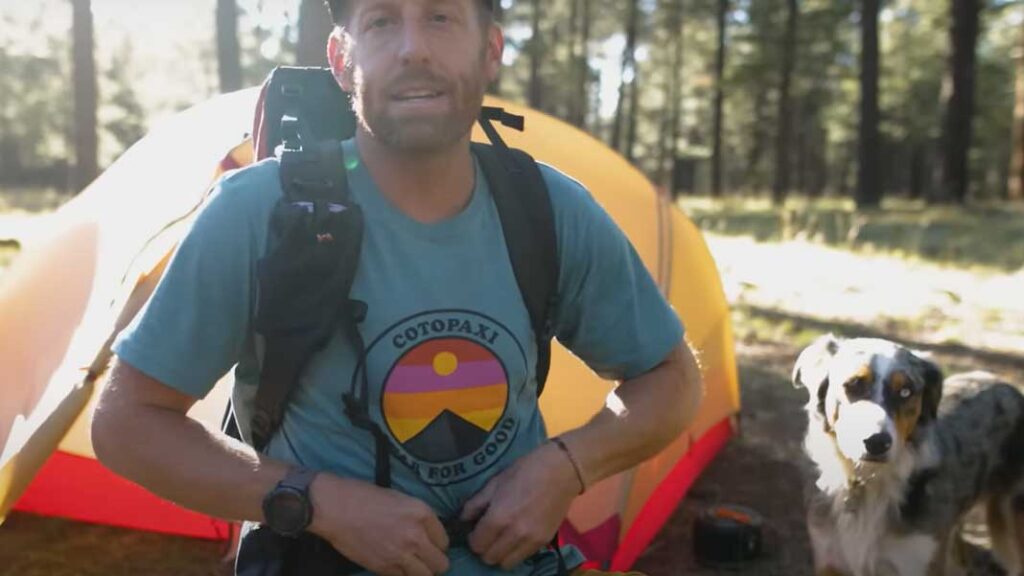
Price: $270 USD (Plus optional add-ons)
Weight: 34.8 oz. (Depending on customizations)
Load Capacity: 30 – 35lbs
Interior Volume Capacity: 39L (For the medium-torso version)
There's something incredibly satisfying about having a backpack that feels super nimble, and allows you to just pound out big miles. Backpacking is a game of numbers, especially if you want to go a long way. And the first opportunity to shed weight is in the backpack itself.
The Waymark Lite 50L backpack has an expected minimal design, but the outside mesh panels and deep water bottle pocket really boost the storage/organization capabilities. This pack is similar in nature to the Hyperlite Mountain Gear Southwest 3400 backpack review.
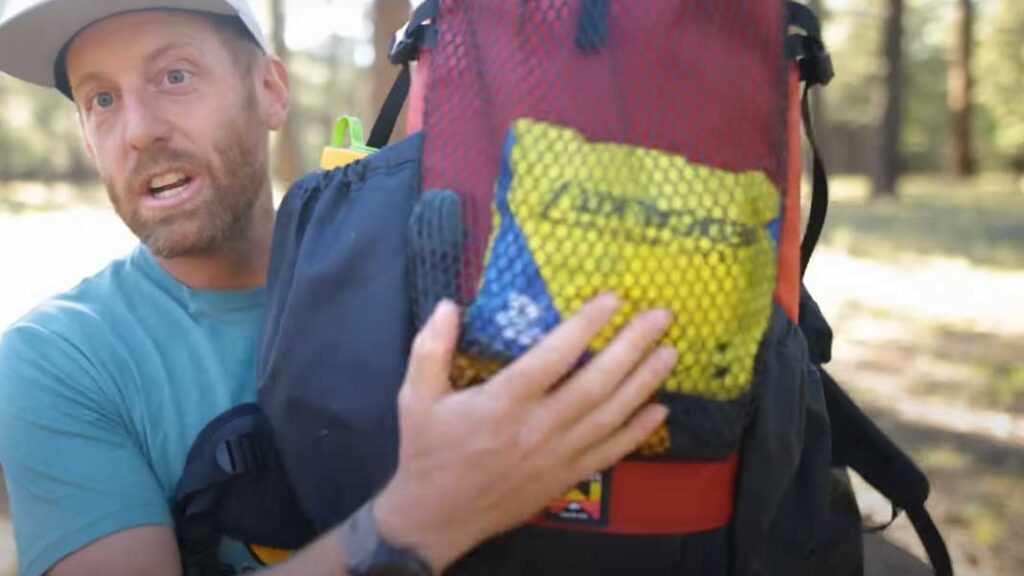
Both packs have a roll-top, which is great for compressing different sized loads, but I prefer the Southwest 3400's style that snaps down to the sides, rather than the Waymark's compression Y-strap design that cinches down on the front.
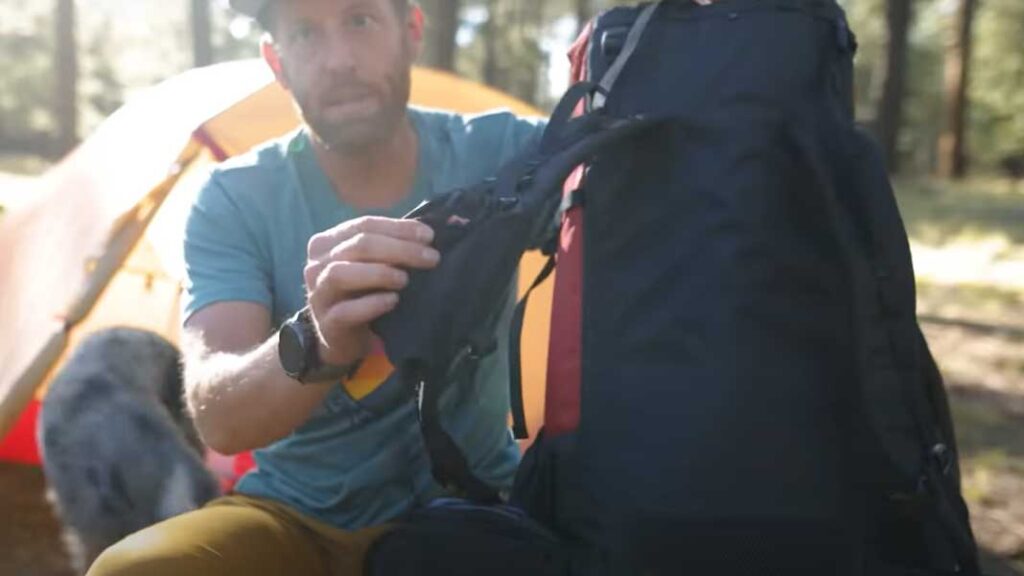
BUT, the big win for the Waymark Lite is the presence of load adjusting straps, somewhat padded shoulder straps, and a smoothly adjusting hip belt – all of which boost comfort while carrying the fully-loaded 30 to 35 pound carrying capacity. The overly minimalistic (or nonexistent) straps on the Southwest 3400, drove me nuts as the test trek wore on.

What tips the scale even further in favor of the Waymark Lite backpack is the fact that it's customizable online. I chose to add two deep hip belt pockets, and one additional pocket on my right shoulder strap.
Final thoughts on the Waymark Lite 50L backpack review
If you are someone who likes to prioritize speed and simplicity over comfort and organization, then ultralight backpacks are definitely the way to go. But with that said, some are more minimalistic than others, and so there are degrees to choose from within this market.
For example, because Waymark offers customization on their Lite 50L pack, extra storage can be added without adding much weight. Whatever route you take along the ultralight path, there will be concessions. But I was quite pleased with how comfortable (relatively speaking), slick, and functional the Lite 50L turned out to be.
Spork Review of the UCO Switch
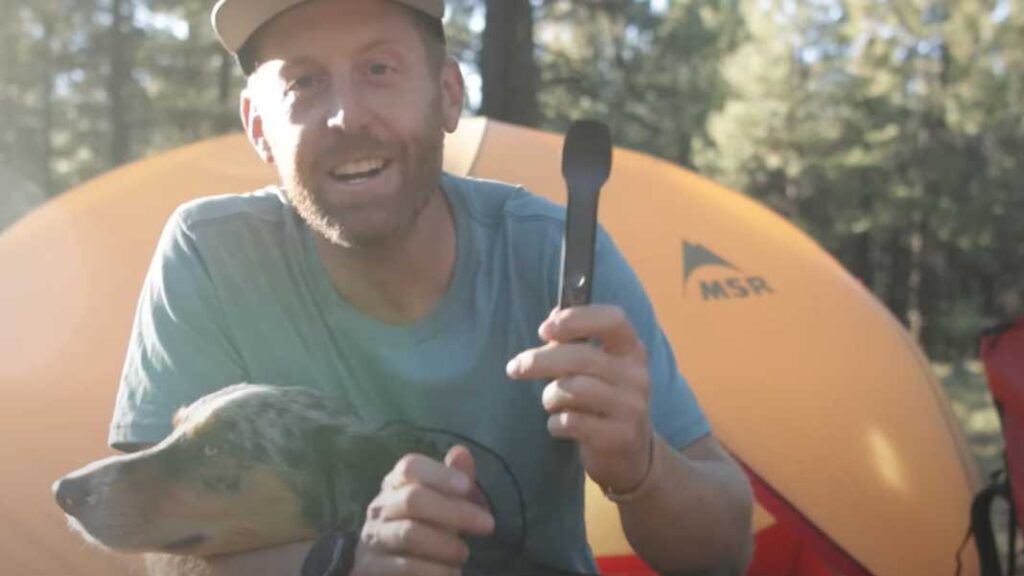
What is the best backpacking spork?
The 3-in-1 UCO Switch Spork is perfect for backpacking adventures. The butt-ends of the spoon and fork slide together to give a longer reach. This comes in handy when trying to scoop out the bottoms of those freeze-dried meal packages (no one likes getting sauce all over their knuckles).
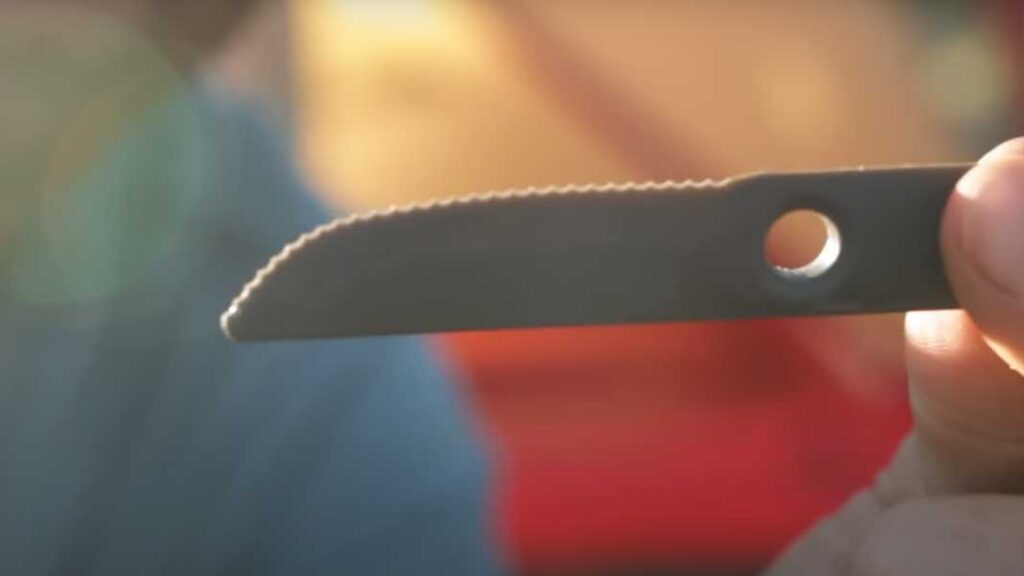
Also, the food-grade nylon knife is surprisingly effective. So even though $8 (USD) is relatively pricey for a simple eating utensil, I really appreciate the quality, utility, and sharability (in case someone forgets their own) of the UCO Switch Spork.
Right On Trek – Easy Camping Meals
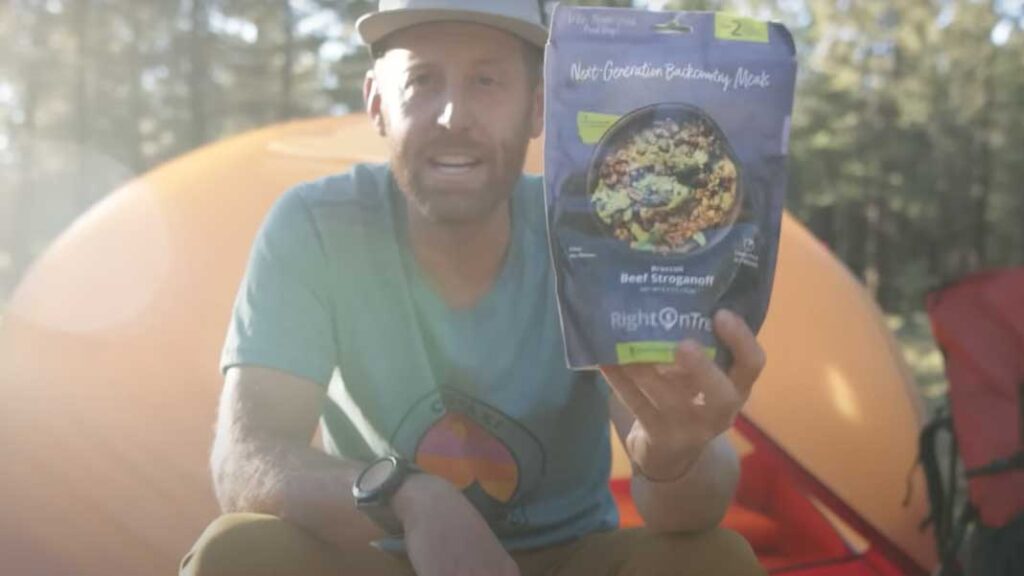
Easy Camping Meals with Flavor
Speaking of easy camping meals, if you're looking for something that's easy to make, but perhaps a little more rewarding to both cook and eat, then pick up a few RightOnTrek meals.
I dove into a tasty beef stroganoff the other day and ended up a satiated fellow. Unlike a lot of quick camping meals, these ones actually need to be cooked in a pot. Thankfully, my JetBoil MiniMo and the compatible 1.5L ceramic pot bubbled up some water in no time, and then the food itself only took 7 minutes to cook (which is actually faster than a lot of freeze-dried options).
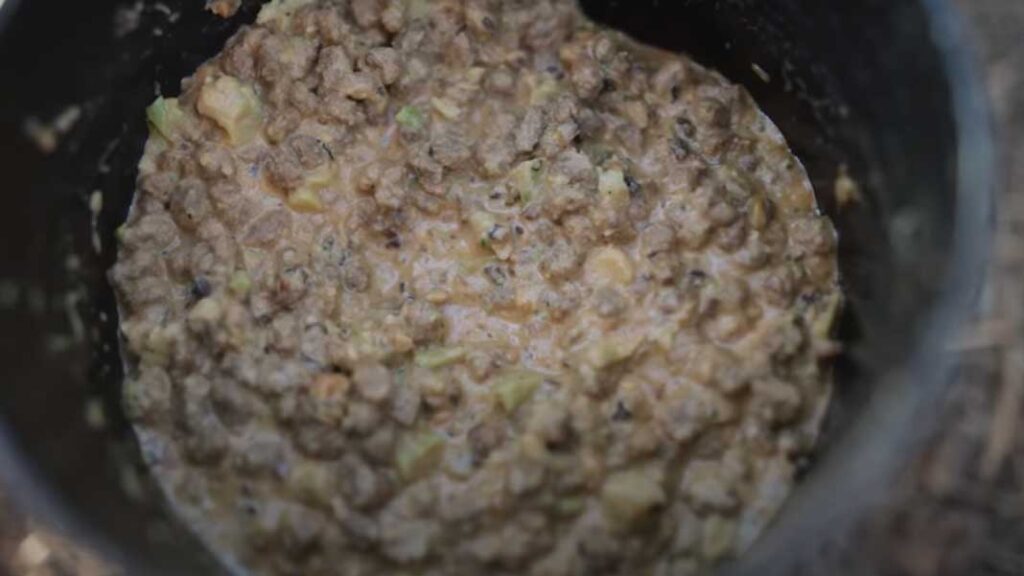
Perhaps the best part was that the whole pack provided over 1000 calories! That's a welcomed kind of indulgence when expending energy in the backcountry, or when sharing grub with other campers.

Tent: Hubba Hubba
Camp Kitchen Gear: 3-in-1 UCO Switch Spork, JetBoil MiniMo, 1.5L ceramic pot
Clothing: Cotopaxi Sunnyside T-shirt
Subscribe to our newsletter
I hope this latest new hiking gear gush gets you excited for the weekend, and maybe puts a few more items on your Christmas wish list. Make sure to subscribe to the In4Adventure newsletter for more Fresh Gear Fridays, reviews, tips, and worldly adventures.





